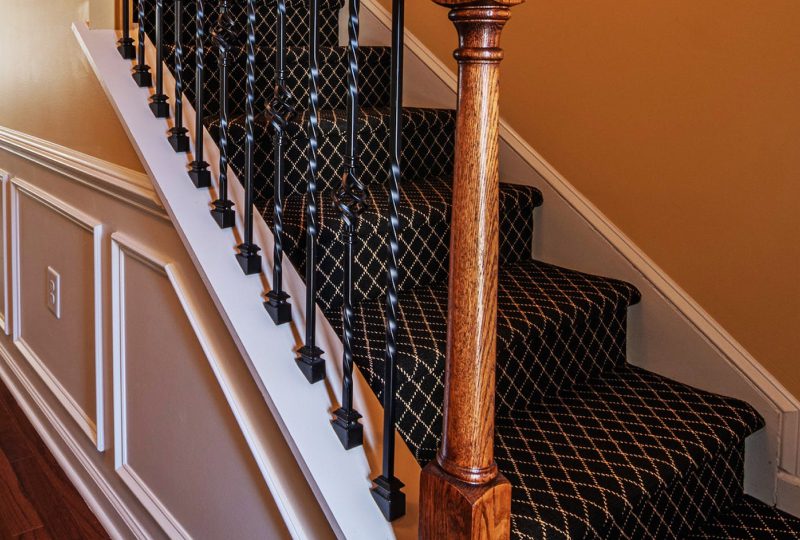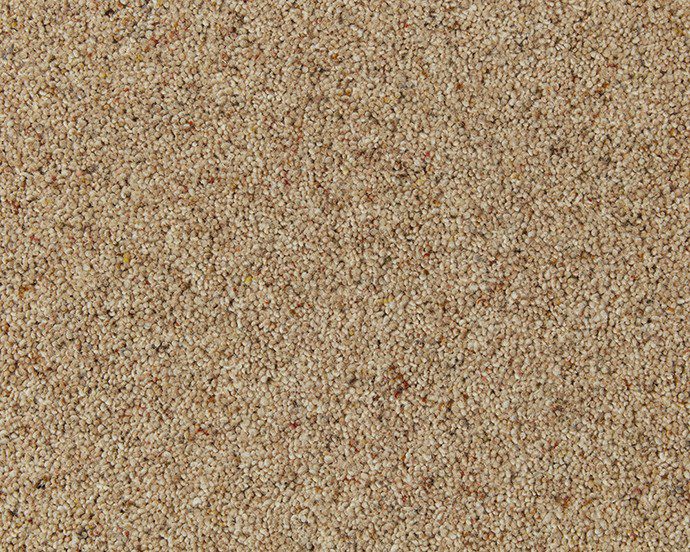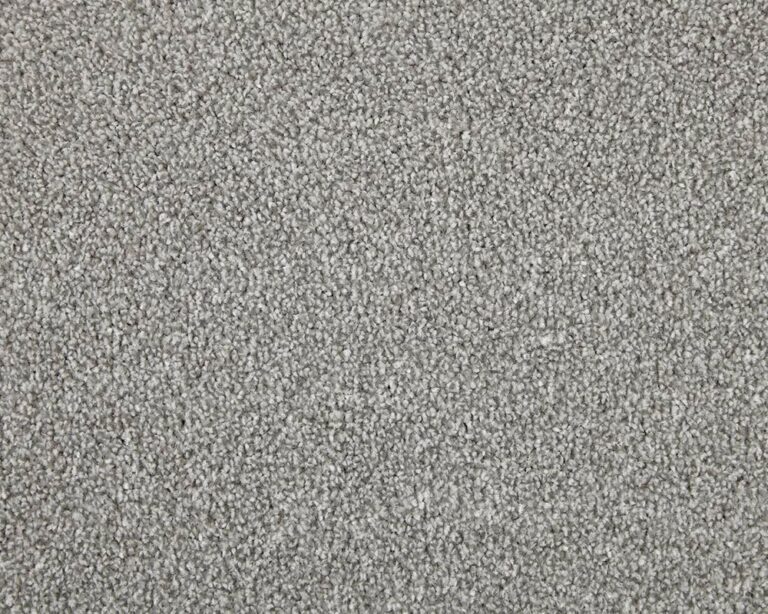Are you considering installing carpet on your stairs but unsure of how to measure carpet for stairs? Measuring carpet for stairs is an important step in the installation process to ensure a perfect fit and a polished look.
In this article, we will discuss the steps involved in measuring carpets for stairs, the factors to consider, the necessary tools, and common mistakes to avoid. Whether you are a DIY enthusiast or a homeowner looking to hire a professional, understanding the measurement process is essential for a successful carpet installation on your stairs.
How to Measure Carpet for Stairs
Before beginning the installation process, it’s important to accurately measure the width and depth of each step. This can be done by using a tape measure to determine the distance from the inner edge of the tread to the inner edge of the riser. Once these measurements are recorded in either inches or feet, they can be used to calculate the total square footage needed for the project.
Step 1: Measure the Width of Each Step
To measure the width of each step for carpet installation, begin by determining the dimensions of the tread and accounting for any variations such as drop steps, ensuring precise coverage and fit.
Having accurate measurements is crucial for a successful carpet installation. This ensures that the carpet fits each step perfectly and provides a polished, professional look. When dealing with drop steps, it’s important to measure the width at both the tread and the widest part of the step to accommodate any differences. This precision allows for adjustments to be made as necessary, providing a seamless finish.
Understanding the nuances of each step’s dimensions is fundamental to achieving a high-quality result.
Step 2: Measure the Depth of Each Step
Measuring the depth of each step is essential for determining the amount of carpet and underlay needed, ensuring proper coverage and support for a secure installation.
When measuring the step depth, it’s important to use a tape measure to get accurate readings. This ensures that the carpet and underlay will fit snugly without excess material.
Understanding the variations in step height allows for adjustments to be made in the underlay for consistent support. By taking precise measurements, it’s possible to minimise wastage and optimise the use of materials for a cost-effective and environmentally friendly installation.
Step 3: Calculate the Total Area of the Stairs
Calculating the total area of the stairs involves creating a detailed sketch of the layout and utilising precise measurements to determine the required carpet coverage. This includes accounting for any variations in the hallway or landing.
To begin, take accurate measurements of the width and length of each step and the landing area. These measurements will then be used in a formula to calculate the area of each individual section.
By adding up these areas, the total carpet coverage needed for the stairs can be determined. However, it’s important to also consider any irregularities or non-standard shapes in the layout, as they can affect the total area requiring coverage. The sketch and measurements provide the foundation for selecting and installing the right amount of carpet for the stairs.
Should I add extra inches when measuring? Yes, it is recommended to add a few extra inches to your measurement to account for any cutting and fitting that may be required. This will ensure that your carpet fits perfectly and avoids any shortage.
How to Measure Stairs with a Turn for Carpet Installation
Installing carpet on stairs with a turn requires precise measurements to ensure a perfect fit. Whether your staircase has a 90-degree turn (quarter-turn) or a 180-degree turn (half-turn), following the correct measurement steps will help you order the right amount of carpet and avoid costly mistakes. Here’s how to measure stairs with a turn for carpet installation.
Tools You’ll Need:
- Measuring tape
- Notepad and pen/pencil
- Calculator (optional)
Step 1: Identify Staircase Type
Before measuring, determine the type of stairs you have. Stairs with a turn typically fall into these categories:
- Winder Stairs – Feature triangular steps where the staircase changes direction.
- Pie-Shaped Steps – Often found in spiral or curved staircases, these have varying widths.
- Landings with Steps – A rectangular landing separates two flights of stairs.
Step 2: Measure the Tread and Riser
For each step, measure:
- Tread Depth (Run) – The horizontal part where your foot steps. Measure from the front edge (nosing) to the back against the riser.
- Riser Height – The vertical part between treads. Measure from the top of one tread to the top of the next.
- Width – The full width of the step from one side to the other.
Step 3: Measure the Turning Steps
For winding or pie-shaped steps:
- Measure both the widest and narrowest parts of the tread.
- Take multiple measurements to ensure accuracy, as these steps vary in size.
- If your staircase has a landing, measure its length and width separately.
Step 4: Calculate the Carpet Needed
Once you have all the measurements:
- Multiply the number of steps by their individual dimensions.
- Add the extra material needed for the turn, including overlaps and seams.
- Include an additional 10% for cutting and fitting errors.
Step 5: Consider Carpet Pile Direction
When installing carpet on stairs with a turn, ensure the pile direction remains consistent to avoid noticeable seams and uneven wear.
Things to Consider When Measuring Carpet for Stairs
Several key factors influence the measurement of carpet for stairs, including the pattern and direction of the carpet, its thickness, and the precise placement on the stairs. These considerations ensure an optimal fit and visual appeal when installing the carpet.
a. Pattern and Direction of the Carpet
Choosing the right carpet pattern and direction is key to a cohesive staircase look. Larger patterns make a bold statement, while smaller ones suit compact stairs. Vertical patterns can elongate the stairs, while horizontal ones create a wider appearance.
b. The thickness of the Carpet
Carpet thickness affects comfort, durability, and suitability for stairs, especially with high-quality materials or underfloor heating. Thicker carpets feel softer but must be chosen carefully for high-traffic areas. The right thickness ensures safety, longevity, and a polished look.
c. Placement of the Carpet on the Stairs
Strategic carpet placement on stairs ensures a seamless look, safety, and durability. Aligning with doorways creates a smooth transition, while quality underlay enhances comfort and longevity. Proper positioning also considers traffic flow and step dimensions for a polished finish.
Tools to Measure Carpet for Stairs
Accurate measurement of carpet for stairs requires essential tools such as a reliable measuring tape to capture precise dimensions and a calculator to determine the required quantities and dimensions with efficiency and accuracy. The other tools include:
a. Measuring Tape
A measuring tape is a critical tool for capturing precise dimensions in inches or other units, ensuring accuracy and reliability when measuring carpets for stairs and related installations.
Regarding measuring carpets for stairs, the measuring tape plays a crucial role. Its flexible yet sturdy nature allows for precise measurement around corners and edges, ensuring the perfect fit for each step.
By utilising the appropriate units, such as inches, the measuring tape helps to ensure the accurate calculation of the carpet needed for the installation. This reduces wastage and ensures a seamless finish.
Can I use a ruler or measuring tape to measure carpet for stairs?
Yes, you can use a ruler or measuring tape to measure carpet for stairs. However, it is recommended to use a measuring tape as it is more flexible and easier to use for measuring the depth and width of the stairs.
b. Calculator
Using a reliable calculator, including dedicated carpet calculator for stairs, streamlines the process of determining required quantities and dimensions, facilitating efficient and accurate measurements for carpet installations.
These specialised calculators are invaluable tools for ensuring that every step is accounted for and that the carpet measurements align precisely with the unique dimensions and angles of staircases.
By inputting the specific width, depth, riser height, and tread depth of each individual stair, these calculators can generate precise quantities of carpet required, minimising waste and maximising efficiency. They provide accurate estimates for components such as underlay and gripper rods, allowing for comprehensive planning and cost-effectiveness.
How to Install Carpets on Stairs
The installation of carpet on stairs involves meticulous attention to detail, including the proper placement of underlay, considerations for underfloor heating, and ensuring secure and tailored positioning for each step, providing a comprehensive guide for a successful and durable installation.
Properly preparing the stairs before installing the carpet is essential to ensure longevity and appeal. Begin by thoroughly cleaning the stairs and removing any remnants of the old carpet.
Evaluate the condition of the stairs and repair any damage or creaks to create a smooth surface. When selecting underlay, opt for options specifically designed for stairs to enhance comfort and durability.
If underfloor heating is present, ensure that the underlay is compatible with this system to facilitate proper heat distribution. Securely position the carpet on each step, ensuring a snug fit without any wrinkles or bunching, as this will not only enhance safety but also add an aesthetic appeal to the staircase.
Check the complete guideline here : How To Install Carpet On Floors And Stairs [DIY Guide]
Common Mistakes When Measuring Carpets for Stairs
Common mistakes in measuring carpet for stairs include inaccurate dimensions, overlooking the impact of variations such as landing, and disregarding the importance of a comprehensive free measurement check.
This emphasises the significance of seeking professional assistance, such as at TEKA Flooring. Incorrect measurements can lead to wastage of material and improper fitting, resulting in additional expenses and a subpar aesthetic appeal in your home. Moreover, carpet installation errors can pose safety hazards, especially on stairs, where proper dimensions are crucial.
Professional assistance at TEKA Flooring, for instance, provides expert guidance and offers accurate measurements to ensure the precise accommodation of carpets, eliminating the potential pitfalls of DIY estimations.
TEKA Flooring also got you covered on the carpets and floor fitting services as we understand well that installing carpet as flooring requires professionals’ handy work. So, there’s no need to worry about that matter.
Read also:

































